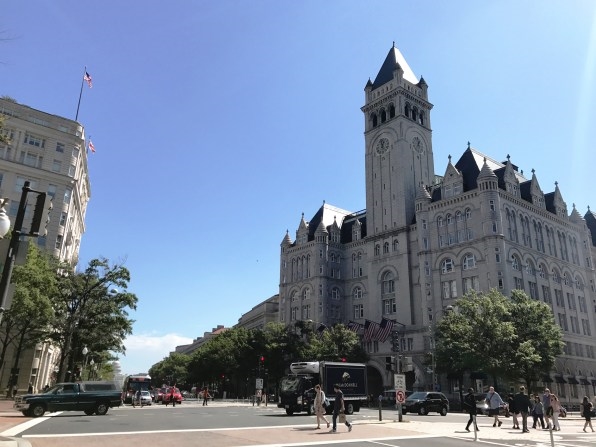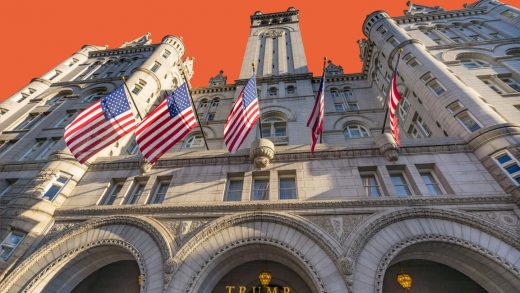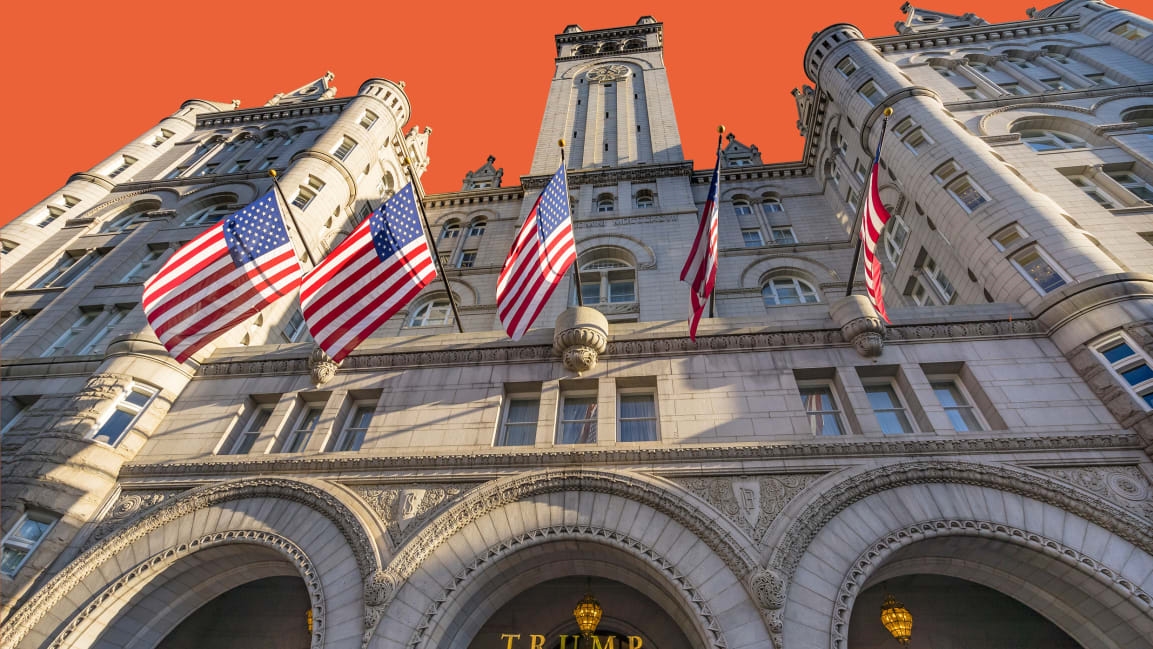How Trump exploits historic architecture to avoid paying taxes
The historic Old Post Office Building on Pennsylvania Avenue in Washington, D.C. had undergone multiple renovations, and it had been the subject of many schemes to turn a profit by the time Donald Trump and his company, the Trump Organization, leased the property in 2014. The company’s $200-million renovation of the building into the Trump International Hotel has been revealed as a key strategy in Trump’s long avoidance of federal taxes, according to documents acquired by the New York Times.

Trump is likely to continue to benefit from tax credits on this project. The tax cuts in question are allowed through the federal Rehabilitation Tax Credit, which grants a 20% credit on “expenditures for the rehabilitation of qualifying buildings,” including those built before 1936 or certified as historic. For the $200 million the Trump Organization spent renovating the Old Post Office Building, Trump will be allowed to cut a total $40 million off his federal taxes between 2016 and 2020. Those credits have presumably been used to bring Trump’s federal tax payment down to just $750 for both 2016 and 2017, the two latest years included in the documents obtained by the New York Times.
The Rehabilitation Tax Credit was created in 1976, and has been used for decades to preserve more than 45,000 historic properties, according to the National Park Service. Roughly $6 billion in private investment annually qualifies for this credit, enabling $1.2 billion in tax writeoffs. For some developers, it’s a straightforward incentive to invest in old and historic properties.
The Old Post Office’s connection with the financial acrobatics of a sitting president are only the latest blemish in its turbulent history. The building, which is owned by the General Services Administration, has long struggled to find its purpose. After serving as a post office for only 15 years, it was replaced by a newer building in 1914. Deemed obsolete and inconveniently located, it was slated for demolition as part of a redevelopment project of government buildings. But the stock market crash of 1929 stalled that project, sparing the Old Post Office. Over the next several decades it was used for various federal government offices.
Another proposal to demolish the building in the 1960s inspired a vocal movement for preservation of the building. The first steel-framed building in the city, it was listed in the National Register of Historic Places in 1973. The GSA renovated the building in the early 1980s, adding retail space and restaurants to its large atrium. By the ’90s, many of the higher-end retailers had moved out and were replaced by souvenir shops, and revenue fell. Its operators were unable to meet their lease, and the project was foreclosed.
Years of disuse and uncertainty followed. In 2011, the GSA began soliciting bids to renovate the building, and received 10 formal applications, including multiple proposals to turn the space into a hotel, including one from Hilton Worldwide. But it was Trump’s bid that won. (Later, a formal complaint alleged the Trump bid made “unrealistic” assumptions about the project’s potential revenue.) In 2013, the GSA signed a 60-year lease with the Trump Organization, including the option to extend up to 40 more years. Work on the project began in 2014 and the hotel officially opened days before the 2016 election, with Trump on hand for the ribbon cutting.
The renovated building was given a Trump-style makeover, with what an early review in Vanity Fair called “overt branding” and “gilded, often gauche, always over-the-top taste.” The 263-room hotel includes a 4,000-square-foot, three-bedroom Presidential Suite and an even larger suite dubbed the Trump Townhouse. A weeknight stay starts at $475 and can climb above $10,000.
The documents obtained by the New York Times did not include specific revenue from the hotel, but did include monthly credit card receipts showing that transactions including room reservations at the hotel and service at its restaurants steadily rose from $3.7 million in December 2016 to $6 million by May 2018. The financial health of the hotel is hard to determine, but the Trump Organization was exploring selling the hotel before the pandemic, and one of its potential buyers called it “underperforming.” For now, any potential sale is on hold indefinitely.
If the hotel stays in Trump’s hands, he’ll be able to use what’s left of its $40 million in tax credits when he files his 2020 taxes, on top of whatever he used in the 2018 and 2019 filings that weren’t included in the documents obtained by the New York Times. If the past is a model, those credits may be part of the way he avoids paying his share of taxes in the future.
(26)



